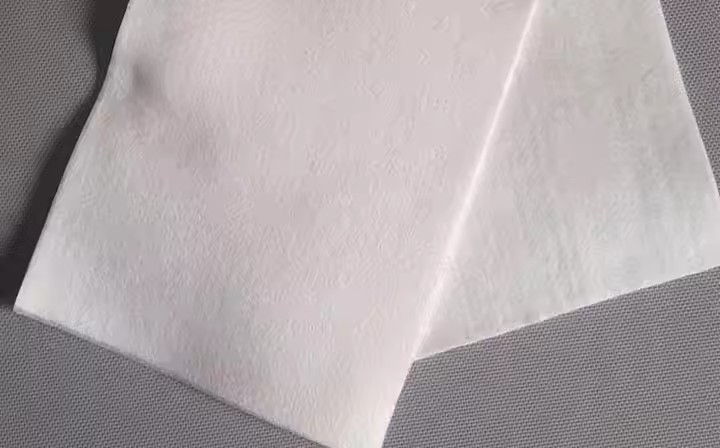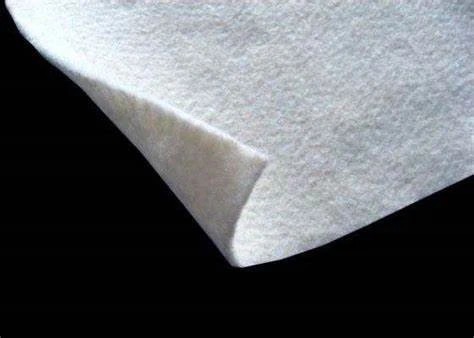PET Staple Fiber Needle Punched Nonwoven Geotextiles are manufactured using high-quality polypropylene or polyester staple fibers. Through processes such as combing, laying, needling, and finishing, these geotextiles are produced with excellent flexibility, resistance to acids, alkalis, and corrosion, as well as anti-aging properties. They feature high strength, stable dimensions, good water permeability, effective filtration and isolation performance, and ease of installation.
These PET Staple Fiber Needle Punched Nonwoven Geotextiles are durable and provide reliable protection for geomembranes, preventing deformation and stabilizing soil structures. Widely regarded as an ideal material for civil engineering projects, they also deliver excellent performance in soil anti-seepage applications.
Product Details
Geotextiles with varying weights and filtration levels provide optimal solutions for applications such as drainage separation, sediment control, damping, and various construction and road repair projects. In filtration applications, it is crucial to understand that the mechanics and functionality of nonwoven geotextiles differ significantly from those of traditional woven monofilaments. Woven threads and films result in lower porosity, making woven geotextiles less suitable for projects requiring effective drainage.
Most geotextiles are produced using conventional fabric manufacturing techniques. Nonwoven geotextiles have gained popularity due to their cost-effectiveness compared to woven alternatives.
Needle-punched geotextiles are composed of 100% polyester staple fibers arranged in a random network to ensure dimensional stability. These polyester fibers are designed to resist UV degradation and remain chemically inert when exposed to soil substances. The material is highly resistant to ultraviolet decay, biodegradation, and the effects of exposure to acids and bases.
Specifications
| Item | Unit | THY10 | THY15 | THY20 | THY25 | THY30 | THY35 | THY40 | THY45 | THY50 | THY60 | THY80 |
| Mechanical Properties (MD=Machine Direction Strength/CD=Cross Machine Direction Strength) | ||||||||||||
| Weight | g/m2 | 100 | 150 | 200 | 250 | 300 | 350 | 400 | 450 | 500 | 600 | 800 |
| Weight Variation | % | -8 | -8 | -8 | -8 | -7 | -7 | -7 | -7 | -6 | -6 | -6 |
| Thickness | mm | 0.9 | 1.3 | 1.7 | 2.1 | 2.4 | 2.7 | 3 | 3.3 | 3.6 | 4.1 | 5 |
| Width Variation | % | -0.5 | ||||||||||
| Break Strength (MD and XMD) | kN/m | 2.5 | 4.5 | 6.5 | 8 | 9.5 | 11 | 12.5 | 14 | 16 | 19 | 25 |
| Break Elongation | % | 25-200 | ||||||||||
| CBR Burst Strength≥ | kN | 0.3 | 0.6 | 0.9 | 1.2 | 1.5 | 1.8 | 2.1 | 2.4 | 2.7 | 3.2 | 4 |
| Hydraulic Properties | ||||||||||||
| Sieve Size O90 | mm | 0.07-0.02 | ||||||||||
| Permeability Coefficient | cm/s | (1.0-9.9)× (10-1 ~ 10-3) |


Reviews
There are no reviews yet.